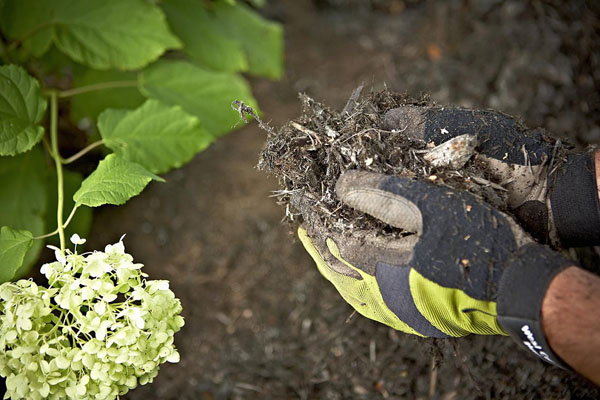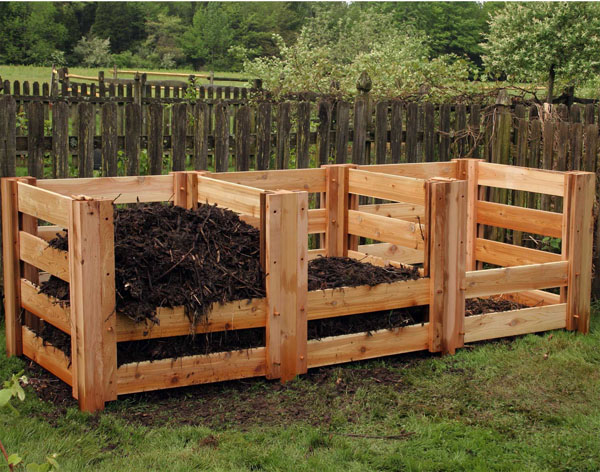
It is a joyous time of the year for gardeners. Outside temperatures are fabulous for activity. The spring is an ideal time to add plants that will be in the yard for more than one season. Called perennials, the intent is to have these plants mature and live where you choose to plant them now. So choose carefully.
Know the soil type you have and the ideal soil type for flourishing. How tall and wide is your new perennial expected to grow? Then remember, as above, so below. Roots go down. Avoid planting over lines, pipes, septic and drainage. Is the spot shady or sunny. What does the plant need?
As those who planted a spring garden are reaping their rewards, that space will free up for late summer and fall harvests. Buy the fall vegetable seed. Don’t wait. You also have the option to let the area rest for a season. You would not leave it bare but plant a cover crop to protect and enrich your soil. Mustard and crimson clover are two that could be used.
You want soil that is rich in organic matter. It has multiple benefits for plants:
* Improved water infiltration
* Increased water holding capacity
* Improved drainage
* Improved nutrient holding capacity
How can you make good, supportive soil?
For the homeowner and apartment dweller to get started, recognize that what comes from the earth can return to the earth. No need to throw garbage into the landfill. Vegetable and fruit peelings, damaged produce, old bakery items, coffee grinds and tea are everyday candidates from the kitchen. From the yard, add leaves and untreated grass clippings. Voila, you are composting. According to the EPA, up to 30 percent of waste in our landfills is compostable.
Composting is a natural process of turning organic matter into usable humus. Composting benefits the soil, helps to reduce pests, and reduces the need for chemical fertilizers as it encourages and supports microbial development, beneficial bacteria and fungi. It is a cycle of life.
The key to the success of composting is to balance “greens” with “browns” and supply moisture. Greens are grass clippings, discarded fruit, vegetables, coffee grinds. Browns are dried leaves, straw, cardboard and newspapers. Stay away from meat and dairy and domestic pet poop. Also avoid adding weed seeds and treated grass clippings to the pile.

There are some simple and involved styles to composting bins. Some will have a turnable composting barrel; others have one pile that has decomposed product removed from the bottom. Ideally, there is a three-bin system that expedites the decomposition process. The University of California pdf file #118303 entitled Composting 101 gives a detailed strategy on using the system. The three-bin composting system will consist of one bin with yard waste being composted, one empty to turn the compost and one bin containing finished, or nearly finished, compost. There is an example of this technique at the Master Gardener’s Demo Gardens located near the pavilion on the UT Agriculture Extension campus at 315 John R. Rice Blvd.
As composting works best when the decomposing materials are moist, there is nothing wrong with having a compost pile in the shade. Larger pieces need to be chopped or shredded. Fruit and vegetables can be dug into the compost, rather than laid on top. Compost piles should not smell. The decomposition of the mound will create heat. It takes a couple of months to get good compost. When used, it can be added to the root area of the growing plant or spread over the garden.
You also have the option to create an indoor composting bin with worms. The process is called vermicomposting. It is setting up and maintaining an ideal environment for worms to process organic matter into nutrient enriched humus. The humus can then be used as a side dressing on indoor or outdoor plants or used to create a compost tea. It is a productive pet project of some local avid gardeners.
A dark plastic container with a lid, approximately sized 24 by 16 by 16 inches is ideal for a start. Some choose to start larger with old coolers. Others may go smaller with a plastic coffee container. Whatever container is chosen must have both air holes in the top and drainage holes in the bottom. A wire formed sink drain or a piece of screen can go on the bottom to assist in drainage. A bedding of up to four inches of newspaper, peat moss or coconut coir should be on the bottom. Add red wiggler worms (not night crawlers) to the bed. Add food for the worms, which is garbage to us. Worms can eat up to half their body weight each day. Start with small pieces. Stay away from oils, nuts, meat, dairy. Add crumbled egg shells for grit. Anytime you see the compost look dry, sprinkle some water. Do not over-water as worms can drown. Worms migrate to the top to feed. Protect them from heat and cold. The ideal temperature is 55–77 degrees. Black gold will be ready for harvesting in approximately three months.
Composts from both techniques can be used for compost tea, added directly to the garden or side-dressed to plants. As you are improving the nutritional value of your produce, you are improving the soil and saving landfill space. A winning trifecta!













